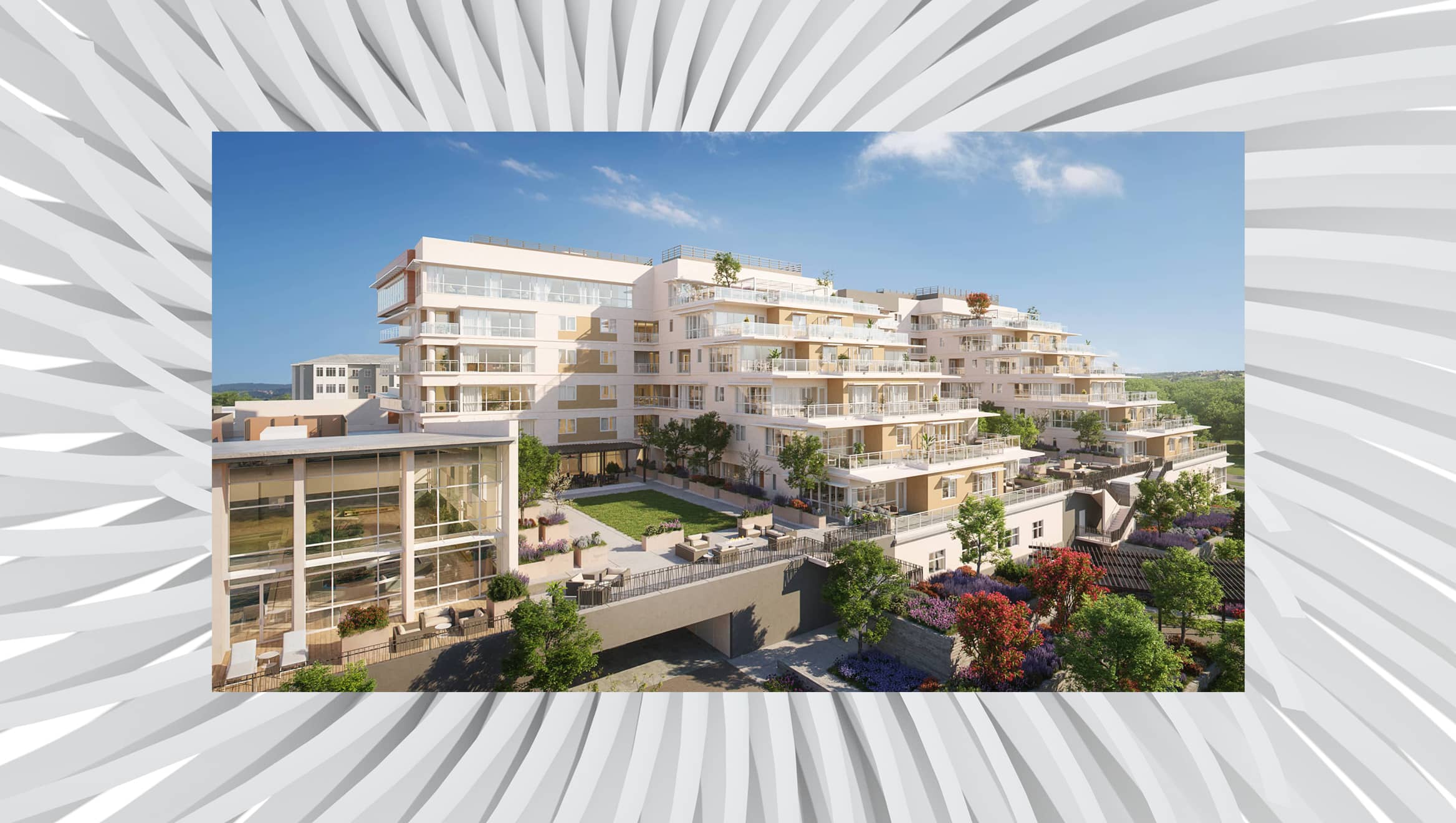
Communities That Age Well: What We Learned From Our Recent Senior Living Webinar
It is the goal of almost everyone to enjoy a future with a long and healthy life. There are nearly 50 million people over age 65 in the United States and that number is expected to double by 2060. Creating environments for this population through viable access, partnerships and design flexibility that are safe, healthy, and inclusive, was the subject of a recent HKS-sponsored webinar. Moderated by HKS’ Erin Peavey, the webinar featured HKS Senior Living designers Siobhan Farvardin and Grant Warner as well Tim Sanders, Senior Investment Office of Ventas; Melissa Orth, President and CEO of Legacy Senior Communities; and Jaynie Schultz, Board Chair at of CityLab High School Foundation and former Dallas City Plan Commissioner for District 11.
Sanders began with an overview of the Senior Living community investment landscape. Forty-eight percent of Ventas’ $2–billion–dollar real estate portfolio is invested in senior housing in the United States, Canada and the United Kingdom. He said that there is no “one-size-fits-all” solution when it comes to housing seniors because every community is a reflection of local physical and cultural mores. Recently he has noticed an increase in “affinity” communities that appeal to residents with shared interests and cultural preferences. One of the firms offering this type of housing is Priya Living, which is designed for South Asian residents. Sanders also talked about senior living being built adjacent to college campuses. This adjacency takes advantage of available green space, ability to audit classes and participate in on-campus events and appeals to emeriti, alumni and university personnel. ‘
An additional option for those who are not yet ready to move to the full senior living experience, is adult day stay. This offers a respite for loved ones or caretakers without permanently removing seniors from their homes.
Another affinity community the panel discussed is The Legacy Midtown Park in Dallas. Orth shared the variety of housing types and services available at this community, which has deep roots in Jewish values and traditions. Offering a full continuum of care, Legacy is located near hospitals, synagogues, schools and the Aaron Family Jewish Community Center. Special attention was given to connecting the community to the surrounding neighborhood by including wide sidewalks, shade trees and benches. Schultz pointed out that plans (post-COVID) call for shared amenities and events open to residents and neighbors. In a specific nod to Legacy Midtown Park, the project includes a separate kosher kitchen for residents.
Affordability of Senior Housing was a major topic of the panel. Warner pointed out that the middle market is vastly underserved. He discussed a couple of interesting solutions to tackle the issue such as the advent of “tiny houses” for seniors and studio apartments with a more limited slate of services.
All the panelists agreed that the most important step in designing housing for seniors is to engage with them as well as with their caretakers, their families, and other members of the community like firefighters. Schultz noted that every city has a senior housing commission that can provide invaluable insight into how seniors want to live. She also emphasized that seniors are not monolithic, and designers need to consider a full range of housing options and considerations. Grant stressed that he hoped COVID would not lead to a return to a more institutional approach to senior housing. He emphasized the need to consider flexible solutions that could respond to future pandemics.
Exciting things are ahead for senior living. Communities will become more welcoming and engaged with surrounding neighborhoods, multi-generational/multi-ethnic communities are on the rise and more affordable options are in the offing. While technology may make aging in place easier in the future, the need for socialization, community and caring will keep the appeal of creative senior housing solutions at the forefront. Future installments of this webinar series will explore these ideas further.
